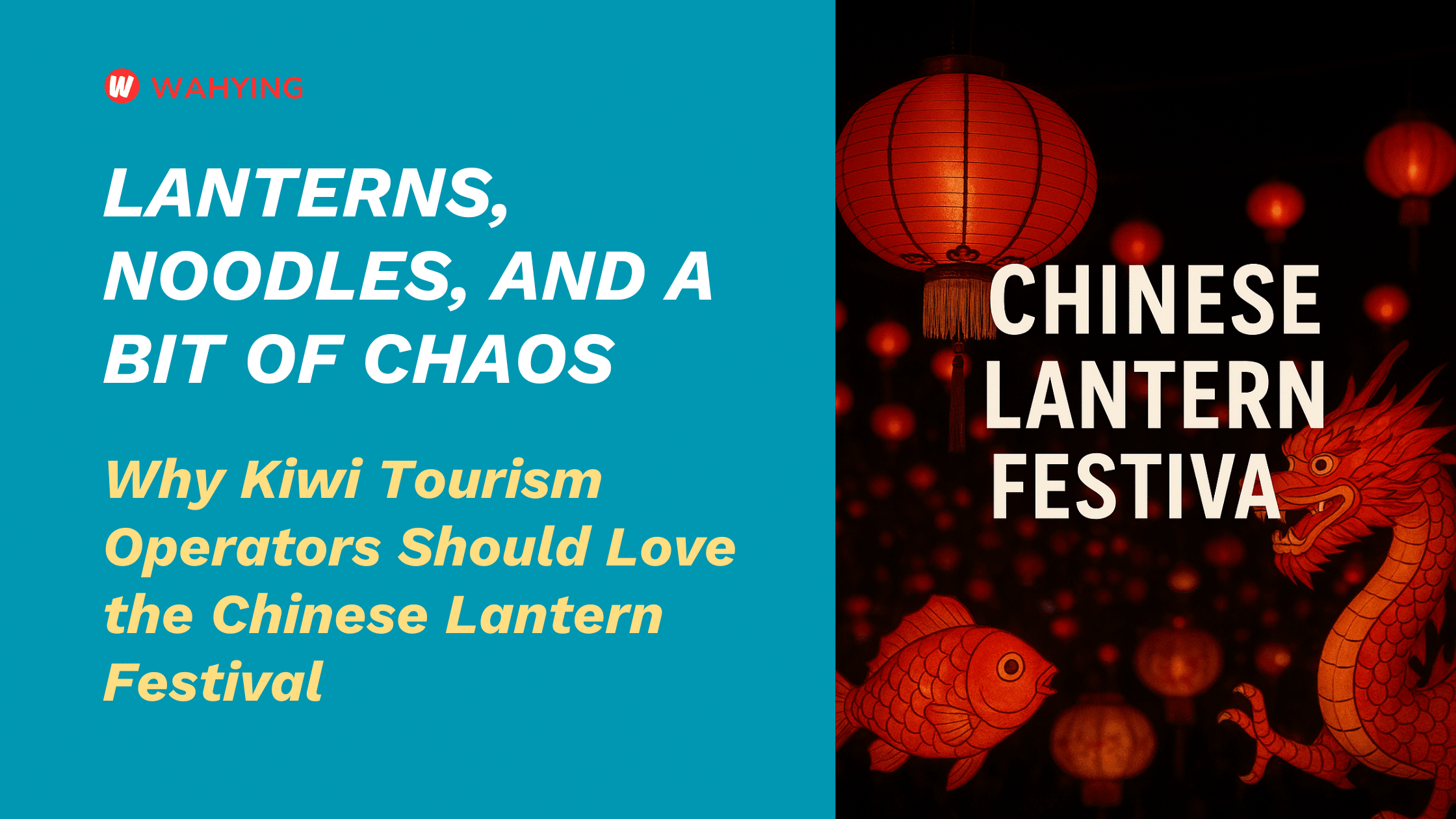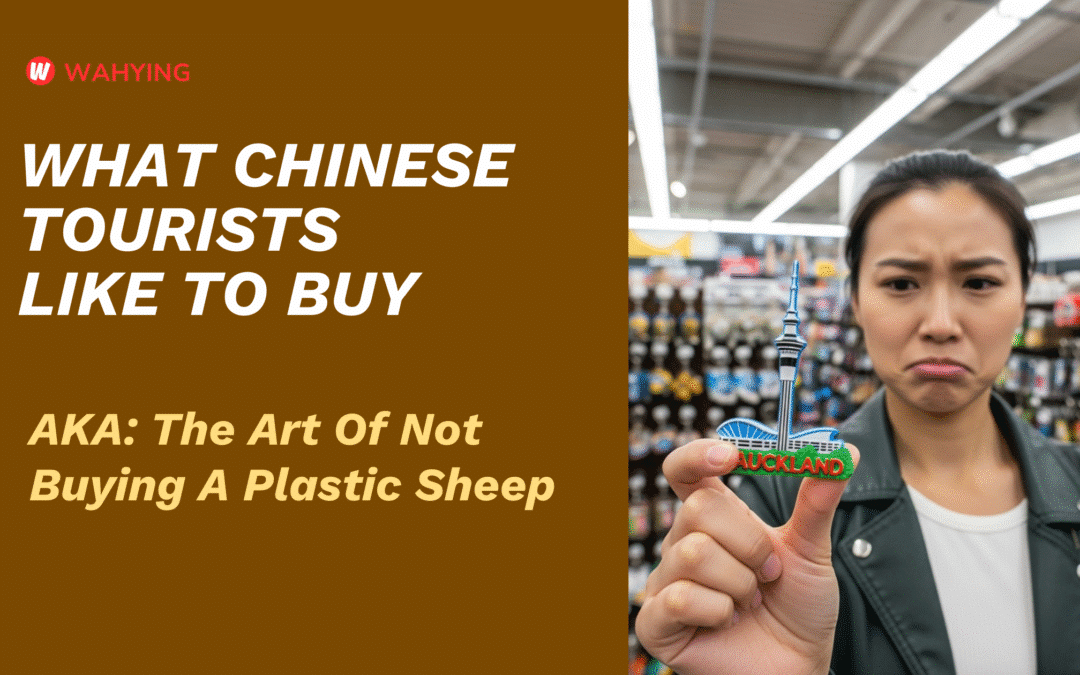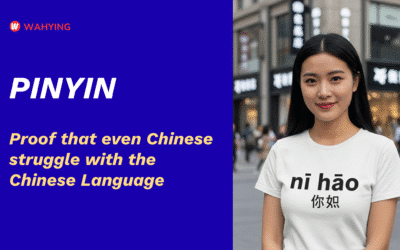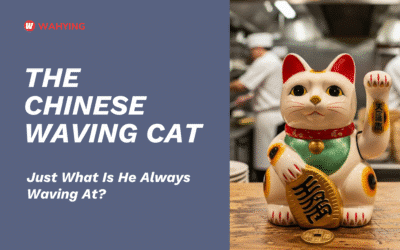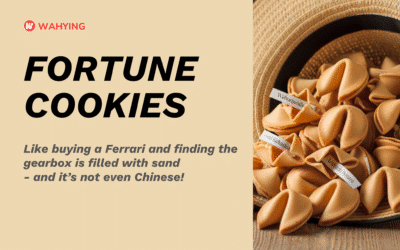Ah, Chinese New Year. Or, as the rest of the world calls it, that time when you’re not entirely sure if the local takeaway is open or not. But don’t mistake it for a quaint holiday with a few sparklers. This is a 15-day marathon. The planet’s biggest annual celebration – a cultural and economic juggernaut that makes our December holidays look like a school fete.
Picture a fortnight-long fireworks marathon: a single celebration that blazes on for two weeks, complete with noise, drama, and redder than a chilli field at harvest. And in 2026 we’re not just warming up. We’re galloping into the Year of the Fire Horse, a zodiac symbol that practically shouts, ‘full stride.’ If you run a tourism business in New Zealand, it’s time to stretch your legs and pick up the pace.
The basics first. Chinese New Year officially kicks off Tuesday, 17 February 2026. Families sweep out the bad luck, plaster homes with red lanterns and upside-down ‘fortune’ characters, then settle in for a reunion dinner that’s less meal and more endurance race for the stomach: dumplings shaped like ancient coins, fish symbolising abundance, noodles that could stretch from Beijing to Bluff. By the third bowl of rice, you feel like a culinary marathoner. Exhilarated, but barely holding the line.
And the fireworks? Forget polite sparklers. This is a full-scale assault on the senses, a symphony of light and sound that rattles every window within five miles. It’s noisy, excessive, and utterly brilliant. Exactly the sort of spectacle a restless Fire Horse would demand.
So why should Kiwi tourism operators care? Because Chinese New Year isn’t just about family and dumplings. It’s about movement: hundreds of millions of people criss-crossing the globe in the largest annual human migration. It’s also about serious cash: red envelopes filled with money, a tradition that underlines the festival’s deep link to prosperity. And increasingly, it’s about international travel.
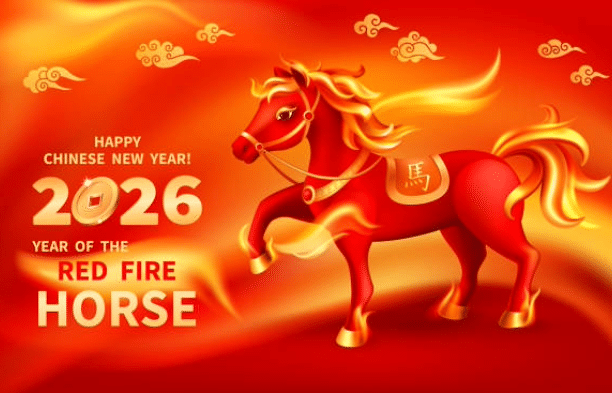
The Fire Horse year adds extra spark. In the Chinese zodiac, Horse people are sociable, energetic, allergic to boredom, and slightly reckless. A Fire Horse turns that up another gear – think racehorse at full gallop. These are travellers who crave freedom and excitement: the ones already planning the after-party while everyone else is still in the first course. That sounds suspiciously like people who’d leap at a Queenstown bungee, a Rotorua zip-line, or a Coromandel road trip.
Back home, Chinese New Year is no longer a fringe celebration. A decade ago, you might have spotted a token lantern in a shop window. Now it’s a permanent fixture of our summer calendar: parades, night markets, lantern festivals from Auckland to Dunedin. It’s theatre and tradition, but it’s also big business. Every corporation wants a slice of that red-and-gold glow. Why shouldn’t New Zealand tourism operators do the same?
Here’s the playbook:
• Start now. Build late-summer packages for February and March 2026.
• Think family and freedom. Multi-generational trips, self-drive itineraries, and adventure experiences all sell.
• Speak their language. Market on WeChat and other Chinese platforms, in Mandarin.
• Add a local twist. Lantern-lit cruises, horse-themed tasting menus, even pop-up fireworks shows show respect and flair.
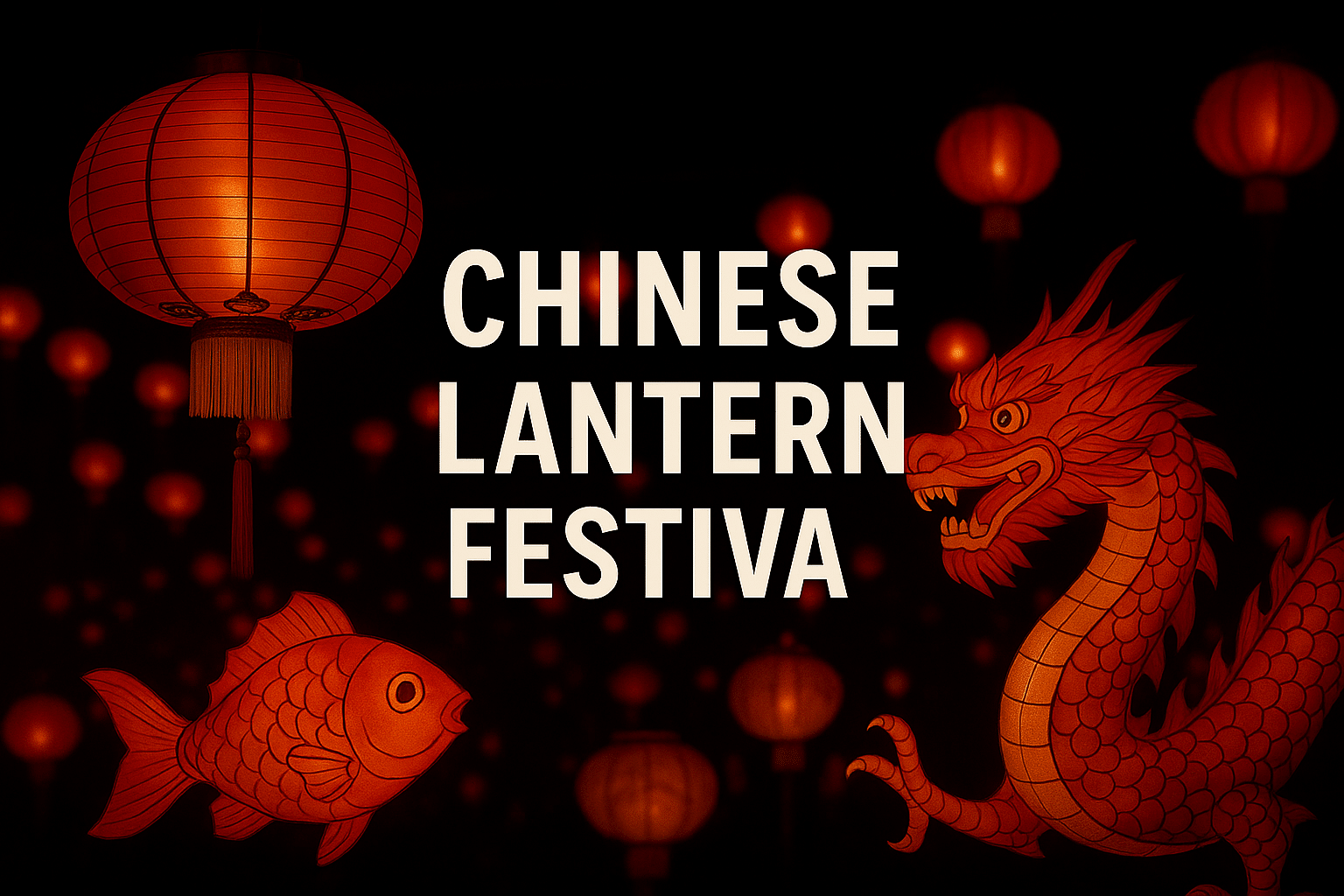
And just when the celebrations seem near the end, there’s another kicker: the Lantern Festival on March 3, just to give you a second bite of the Chinese tourism cherry.
The Fire Horse year is about action. If you wait for it to trot gently into view, you’ll miss the moment. So, lace up, take a deep breath, and hit your stride. When the world’s biggest party arrives in 2026, make sure New Zealand is the destination where the run finishes in style.


